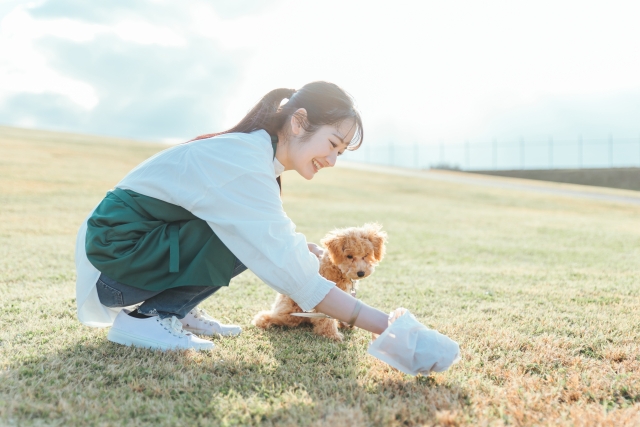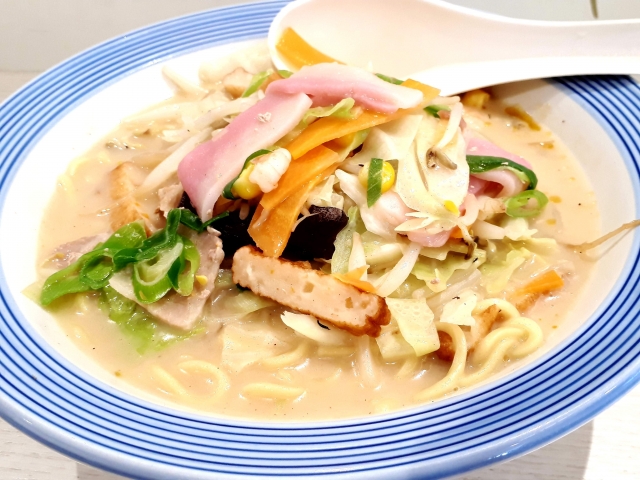There are several types of first person in languages around the world.
In English, “I,” “my,” “me,” “mine,” and “myself” are also first person.
And in Japanese, there are a great variety of first-person words.
The most standard first person is “watashi” (I), but many people use other first person words in daily conversation.
In this article, I would like to explain such “types of first-person words in Japanese, their differences from the times and regions.

Contents
Commonly used first person in Japan
Let’s begin by listing the first person commonly used in modern Japan.
These are words that are commonly used in real life, so remembering them will be useful when you visit Japan.
- 私 (watashi):
When introducing yourself at a business meeting, say, “My name is 〇〇. When expressing your opinion in an official document or e-mail, say, “My opinion is 〇〇.
- わたくし(watakushi):
Used in formal situations or when introducing oneself in polite places, in the form “watakushi wa 〇〇 desu ka” (my name is 〇〇).
- 僕(boku):
In self-introductions and conversations with friends and in casual situations, it is said, “I am a 〇〇. When expressing your opinion in casual conversation, you say, “I think I am a 〇〇.
- 俺(ore):
In introductions or conversations with friends or in casual conversation, you say, “I am a 〇〇. When asserting one’s opinion strongly in casual conversation, one says, “I’m a 〇〇.
- 自分 (jibun):.
You can state “I am a 〇〇” in self-introduction situations. When expressing thoughts or opinions about oneself, one says, “I think my opinion is 〇〇.
- あたし(Atashi):
A woman says “I am a 〇〇” when introducing herself to friends or in casual conversation. When expressing one’s opinion in casual conversation, one says, “I think I am a 〇〇.
- ウチ(uchi):
In conversation with dialectal or regional characteristics, it is said, “uchi wa 〇〇 dayo. It is used mainly in the Kansai region.
These first-person expressions are used differently depending on the situation and relationship, so it is important to use them naturally in appropriate situations. In the process of learning Japanese, you will learn these expressions and become more expressive in conversation by familiarizing yourself with their usage.
In business and other situations, people tend to choose and use slightly stiffer words such as “watashi,” “watakushi,” and “jibun.
In conversations with family and close friends, they use “ore” “atashi” “uchi,” and so on.
Especially in the Kansai region centering on Osaka, women tend to use the first person “uchi” frequently.
The use of “boku” is very soft and can be uncomfortable in business situations or in overly friendly relationships.
It is often used when you are only slightly acquainted with the person you are addressing.
Boku” is generally used by men, but there are cases where it is intentionally used by women.
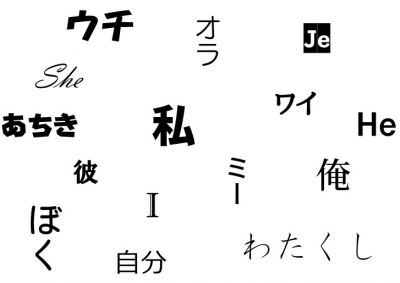
Changing Times
The frequency of use and nuances of the first person have changed with the changing times. For example, in the past, the first person “I” was the most commonly used by men, but after the Meiji period (1868-1912), the first person “boku” and “ore” became common among men due to Western influence.
In modern times, women are increasingly using “boku” and “ore” and the use of the first person has become more flexible according to gender.
Differences with Regions
For example, the following regional first-person expressions exist
- in Hokkaido and Tohoku regions: Old-fashioned and unique first-person expressions such as “washi” and “ora” are sometimes used. These expressions are rooted in the history and culture of the region.
- Kansai region: Casual and friendly first-person expressions such as “washi” and “oira” are characteristic of this region. This is influenced by the Kansai dialect.
- Kyushu region: First-person expressions that give a strong and lively impression, such as “wai” and “oriya,” are sometimes used. This reflects the characteristics of the Kyushu dialect.
- Okinawa Prefecture: First-person expressions based on its own dialect, such as “jā” and “nu” are used. The Okinawan dialect also uses “uchi” as the first person.
First-person expressions in different regions are derived from the local linguistic environment and cultural background. Therefore, when visiting a region, using first-person expressions that match the characteristics of that region can facilitate communication with local people.
In addition to the time period and region, first-person language may also differ depending on personal preferences, personalities, and social relationships. It is also important to choose the first-person expression that best suits your own personality.
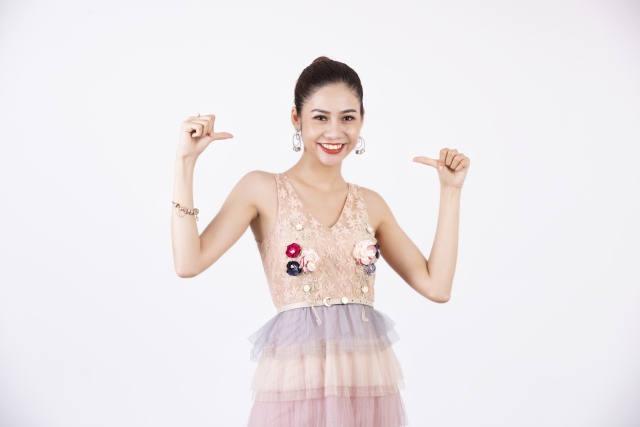
In Japan, many people use their own names as the first person.
Everyone has his or her own name, and in Japan, there are cases where people use their own names as the first person.
For example, if your name is “kaori yamada” (山田香), you may begin a conversation with your name, such as “Kaori wa 〇〇 dato omou na” or “Kaori nara so suru yo”.
In some cases, the name is used as it is, and in other cases, it is used as “kaori teki ni wa”.
Psychologically speaking, people who use their own name as the first person are said to be those who have a strong desire to have themselves seen.
This type of person has a strong desire for approval.
However, in rare cases, even if they do not have such a desire, some people continue to use their own name as the first person even into adulthood without correcting the habit of using their own name as the first person in their childhood.
In Japan, the way the first person is referred to has changed over time.
As mentioned above, the first person in modern Japan is often referred to as “watashi,” “boku,” “ore” or “jibun” but this does not mean that the first person has been used since ancient times.
Here are some examples.
1. temae: (手前)
This is an old-fashioned form of address, used in self-introductions and in hierarchical situations. You may introduce yourself by saying, “Temae wa 〇〇 de gozaru, that I am.
2. asshi: (あっし):
A colloquial or dialectal expression used by men in casual conversation with friends and associates. They introduce themselves by saying, “asshi wa 〇〇 dayo” or express their opinions.
3. achiki(あちき):
Used in dialect and historical dramas. This is a first person expression used in dialects and historical dramas. It is mainly used by women and has the effect of being cute and friendly. It is sometimes used to introduce oneself by saying, “achiki wa 〇〇 dayo.”
4. oira (おいら):
This is a first-person expression used by friends and in casual conversation. It is sometimes used to introduce oneself by saying, “oira wa 〇〇 dayo” or to express an opinion.
5. ware(我):
This is a first person expression used in archaic language and literary works. It is used in self-introductions and literary expressions in the form “ware wa 〇〇 dearu.”
6. yo(余):
This is a first-person expression used in archaic language and historical dramas. It is used in self-introductions and unique speech, for example, “yo wa 〇〇 de gozaru.”
7. sessya(拙者):
This is a first-person expression used in old-fashioned speech and historical dramas. It is used in self-introductions and in unique speech.
8. syousei(小生):
This is a first-person expression used in old-fashioned language and literary works. It is used to introduce oneself or in literary expressions.
9. wagahai(吾輩):
A classical work of literature, “wagahai wa 〇〇 dearu.” This first-person expression comes from the classic literary work “I am a cat. It is used in the form “I am a cat” to introduce oneself or to express a unique way of speaking.
As you can see, a great number of first person expressions were used.
However, although there are very few cases where this kind of first person is used in real life, there are many cases where it is still used today.
In “jidaigeki,” or period dramas based on the stories of the samurai period, these first person terms are naturally used, and there are a surprising number of cases where manga and anime characters use the old first person rather than the modern first person.
Furthermore, modern people also use “oira”, “sessya”, “wagahai”, “yo”, etc. when they are drunk at a drinking party or when they are joking around with their good friends.
In that sense, it may be useful in your life in Japan if you remember some of them, instead of thinking, “It’s just an old first person, so I don’t need to remember it.
In addition to that, there are several other old expressions as follows, which I will introduce.
10. soregashi (某):.
– This is an old-fashioned first-person expression used in samurai and historical dramas. It is used to introduce oneself or to indicate a specific position, for example, “soregashi wa 〇〇 de gozaru.”
11. maro(麿):
– This is a first-person expression used in older times and in literary works. It is used to introduce oneself or to indicate a specific time period or background, for example, “Maro wa 〇〇 de gozaru.”
12. chin(朕):
– This is a first-person expression used by ancient emperors and royalty. It is used to introduce oneself or to express one’s authority or dignity.
13. mimi (御身):
– This is a honorific expression used to express oneself with respect and politeness. It is used to introduce oneself and to express modesty.
14. washi (儂):
used mainly by the elderly and men. This is a first person expression used mainly by the elderly and men. It is used to introduce oneself or to indicate a specific region or generation.
15. atai(あたい):
First-person expression used primarily by women. This is a first-person expression used mainly by women. It is used in self-introductions and casual conversation.
These first-person expressions are used according to the time period, region, and character or position of the characters. By learning from literary works, historical dramas, and dialects, you will be able to understand and use a wider range of first-person expressions.
However, some of these expressions are special and are rarely used in everyday conversation or business situations, but they are an interesting element in understanding cultural and linguistic diversity.
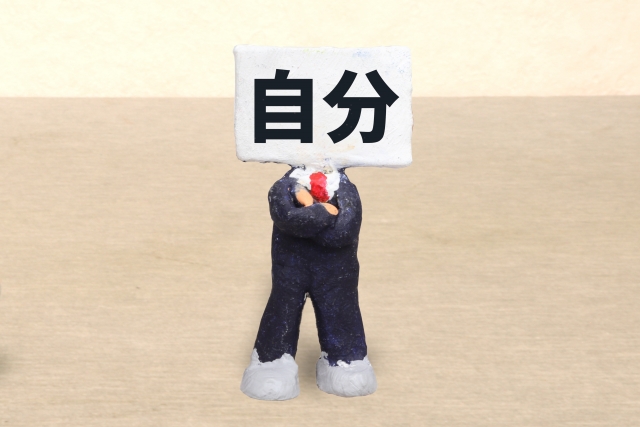
Each region has its own unique first person
In modern times, the first person is usually “jibun,” “watashi” “boku” or “ore” but in fact, different first person systems are still often used in different regions of Japan.
– ora(おら):
Used in casual conversation with friends and family and at local events. “Ora is 〇〇. Let’s have a good day! to a friend.
– Adasu(あだす):
Used in the Noto region, adasu is used in conversation with locals and at local events. It is used in situations such as asking a local, “Adasu wa 〇〇 jya.”
– Oodon(おどん)
– Used in Gifu and parts of Aichi, this expression is used in conversation with friends and associates, and at local festivals. It is used in conversation with friends and colleagues and at local festivals, for example, “Oodon wa 〇〇 ya.” This is used in situations where you want to liven up a conversation with your friends.
– Wai(わい)
This is a first-person expression used in parts of Fukuoka and Nagasaki. It is used in casual conversation with friends and family, and at local events, for example, “Wai wa 〇〇 yade.” This is used in casual conversation with friends and family, at local events, etc.
– Orya(おりゃ):
– First-person expression used in Kumamoto and parts of Miyazaki, used in conversations with friends and associates and at local events. “Orya wa 〇〇 yade.” This is used to describe the charms of the local area.
– Watai(わたい):
– This is a first-person expression used in parts of Kyoto and Shiga, and is used in conversations with friends and family, and at local events. “Watai wa 〇〇 や.” There are many historical sites in this area!
Since these first-person expressions are used in different regions, there are a variety of expressions used in different regions throughout Japan. When staying in a certain region, it is a good idea to use appropriate first-person expressions while experiencing the local characteristics and culture.
Although they are not used much in urban areas anymore, they are often used in rural areas, especially by the elderly, so you may have a chance to hear them when you visit a rural area.
In Okinawa, the first person “wan (わん)” is also used.
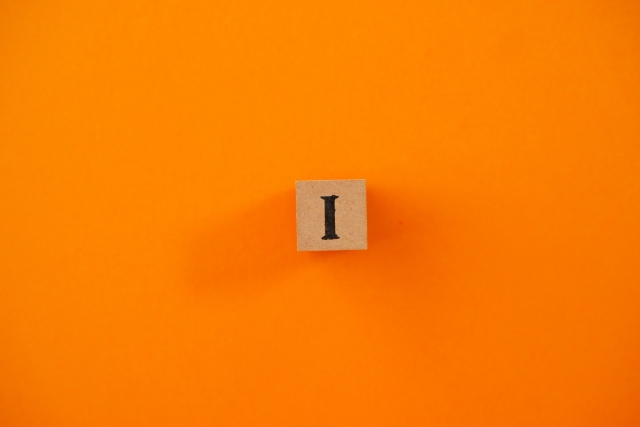
Conclusion
In this article, we have explained the types of first-person words in Japanese, their periods, and differences from the regions.
Many of you may have been surprised at the number of first person words used in Japan.
Compared to languages spoken in other countries around the world, the number of first-person words used in Japan is by far the largest in the world.
When you are traveling or staying in Japan for a long period of time for work, you are bound to hear a variety of first-person expressions.
If you don’t have any knowledge of the language, you may get confused, so please learn some of them in advance.



